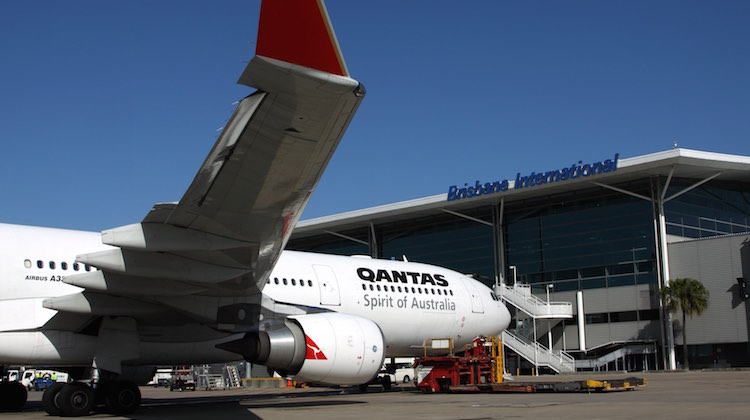
Qantas says its international operations across both its Qantas and Jetstar flying brands suffered a drop in yields during what the airline group describes as the seasonally weaker month of May.
“Group international yields in May were lower compared to the prior corresponding period, offset by both Qantas International and Jetstar International achieving higher load factors in a seasonally weaker month,” the airline group said in its monthly operating statistics for May.
Load factors on Qantas international rose 1.6 percentage points to 76.6 per cent in May, with passenger numbers up 4.6 per cent to 449,000 and capacity measured by available seat kilometres up 1.3 per cent compared with the prior corresponding period.
Meanwhile, Jetstar’s international services reported load factors of 76.9 per cent in May, up from 68.8 per cent in the prior corresponding period, as the 6.5 per cent increase in passenger numbers outpaced the 3.6 per cent growth in capacity.
While yields, or average airfares per passenger, were lower in May for international flying, Qantas and Jetstar’s domestic flying both registered an improvement in yields for the month.
The company’s monthly operating statistics for May also showed Qantas domestic carried 2.6 per cent fewer passengers in the month, compared with the prior year, on a 3.4 per cent reduction in capacity. Load factors rose half a per cent to 70.9 per cent.
“Qantas domestic capacity was lower in the month reflecting adjustments to address resource market softness in Western Australia and Queensland,” the company said.
“Qantas domestic revenue seat factor improved on the prior corresponding period for the eleventh consecutive month.”
Jetstar domestic posted a 2.1 per cent improvement in passenger numbers in May. The low-cost carrier reduced capacity by 0.2 per cent, resulting in load factors rising 2.3 percentage points to 80 per cent.
Qantas was expected to announce a bumper full year net profit when it hands down its 2014/15 financial results in August, with market consensus sitting somewhere north of $600 million as the airline group benefitted from lower fuel prices, a more benign domestic market and slower capacity growth on international routes into and out of Australia.










